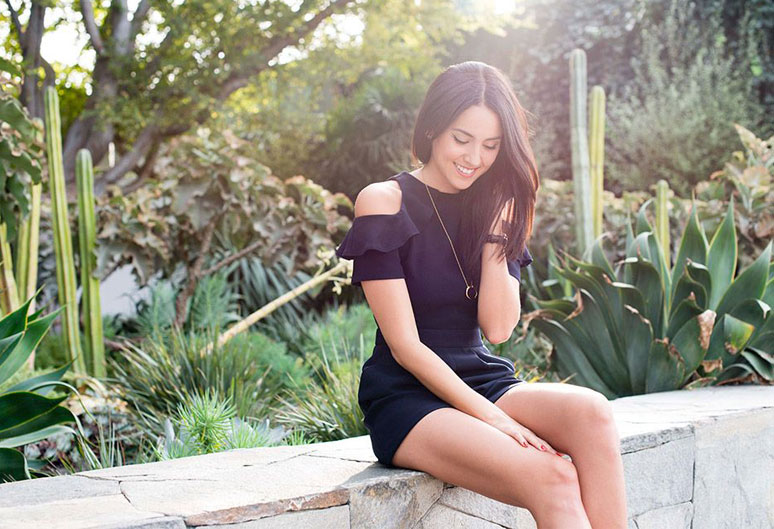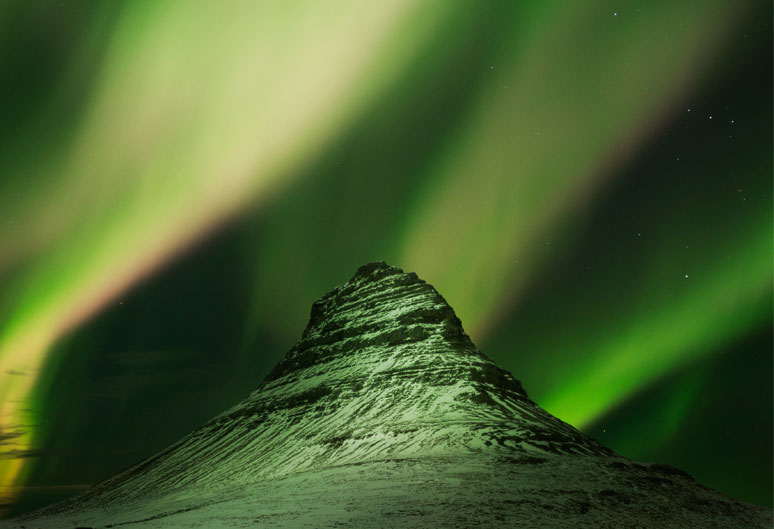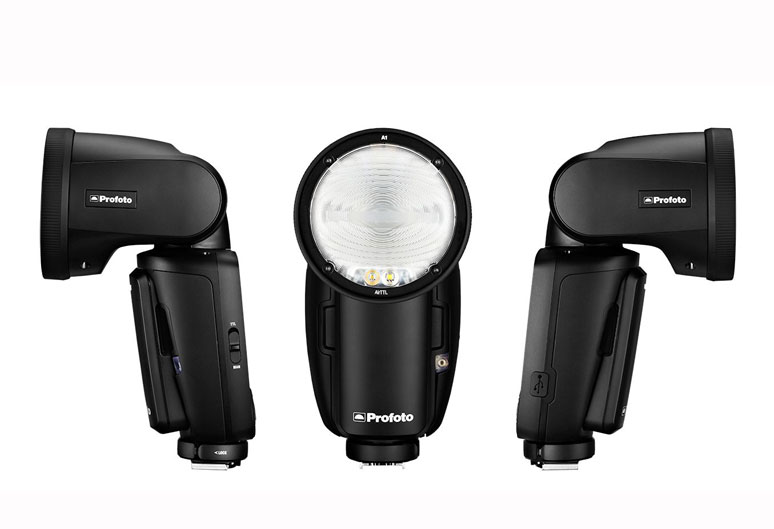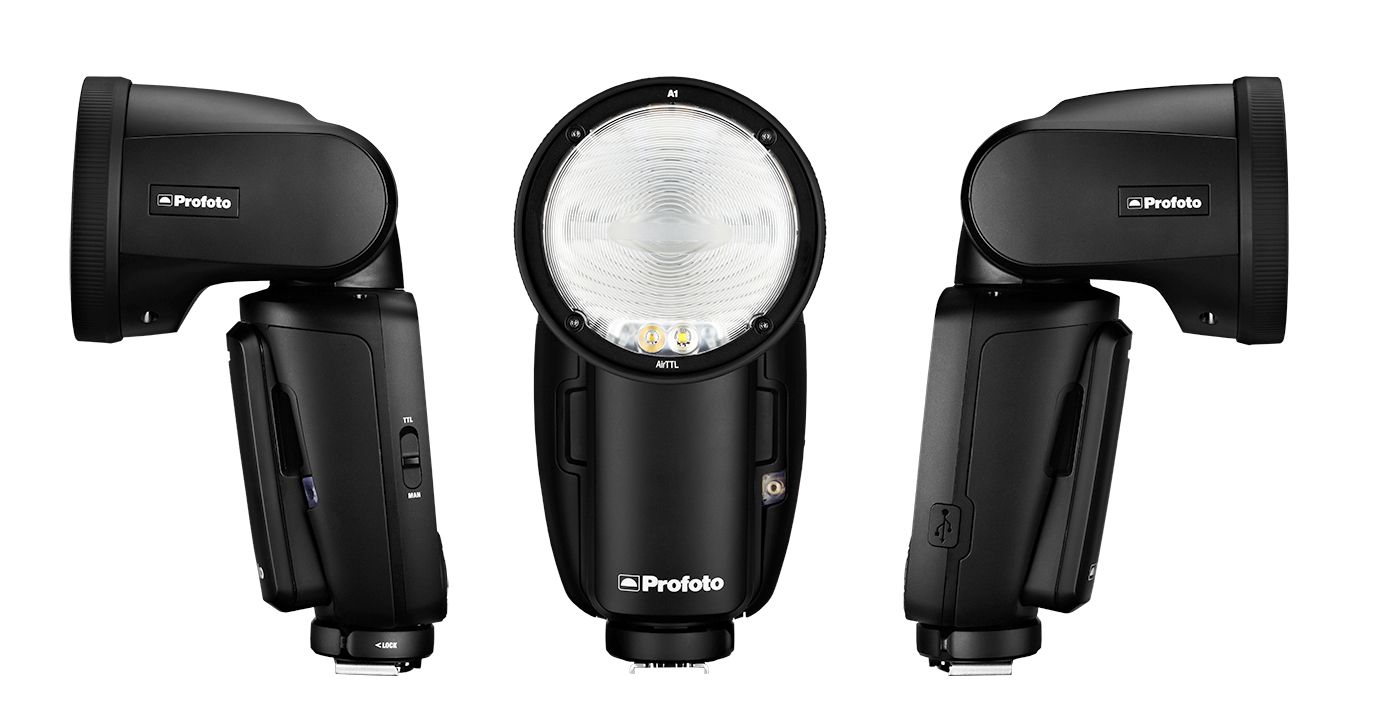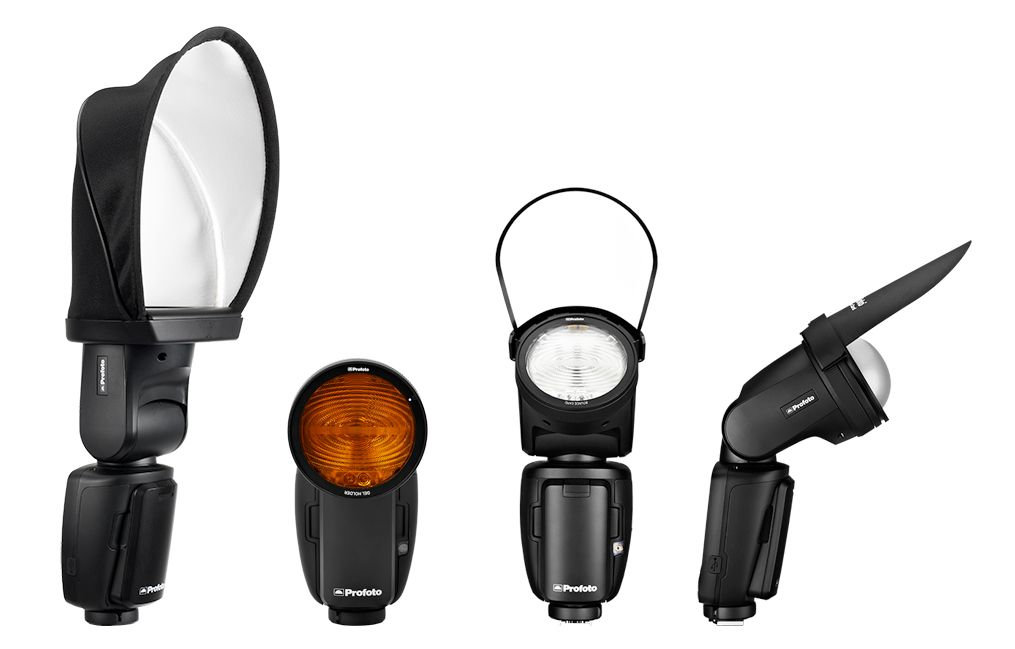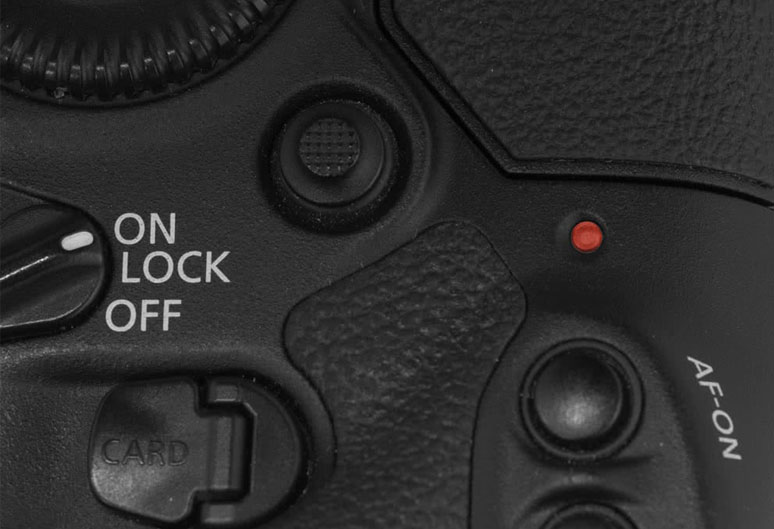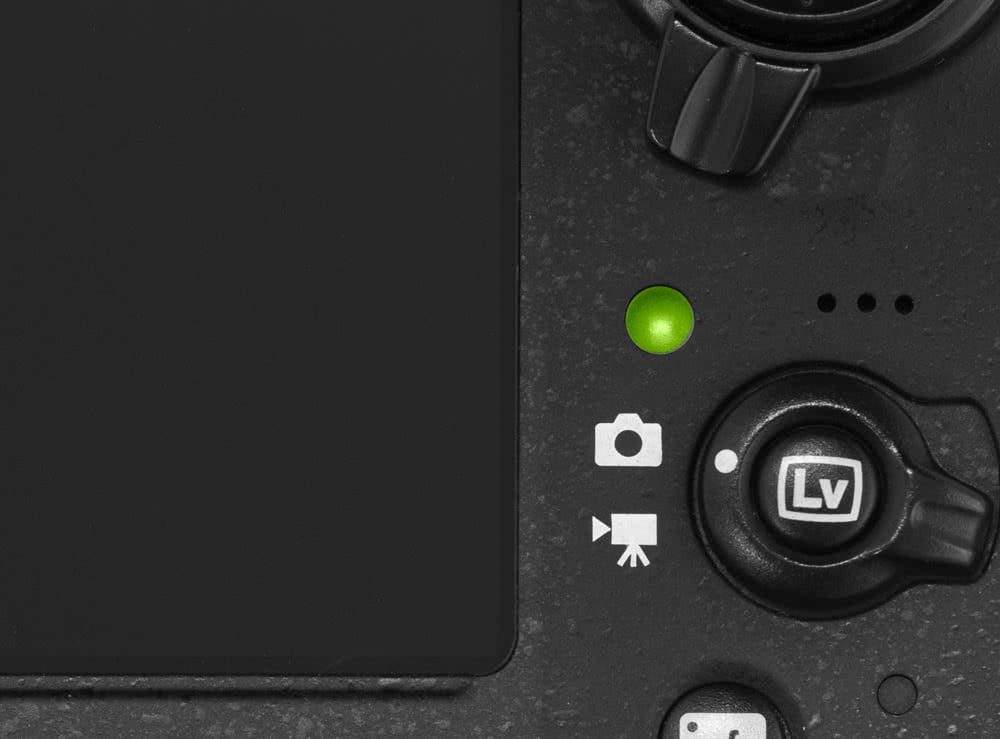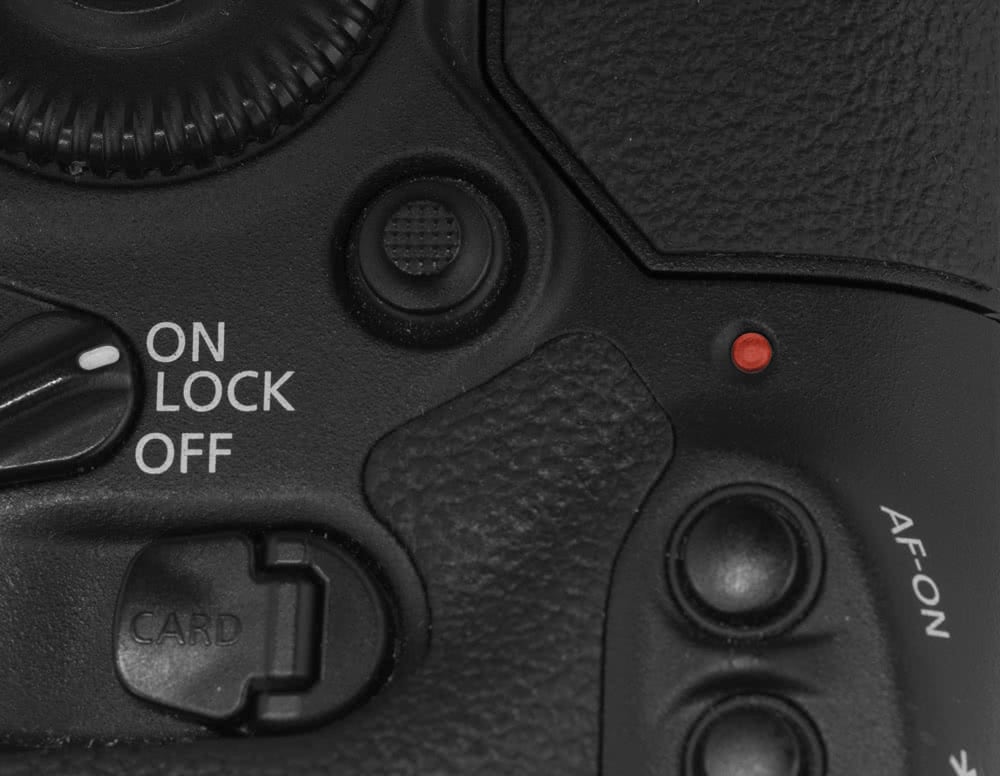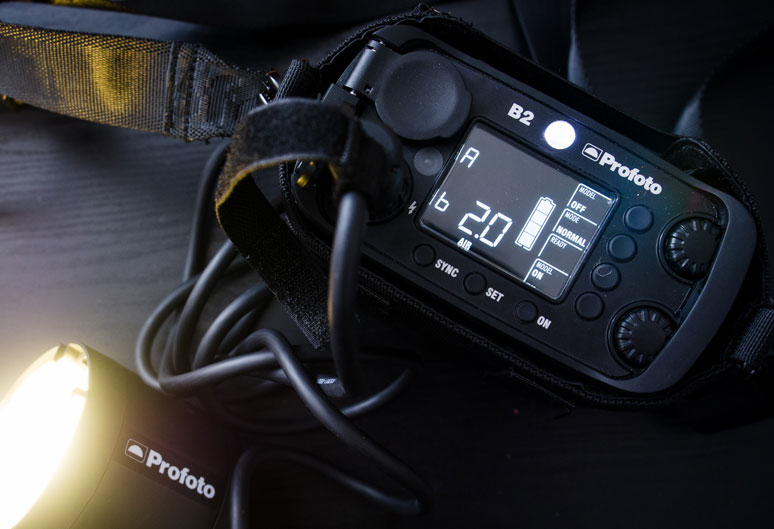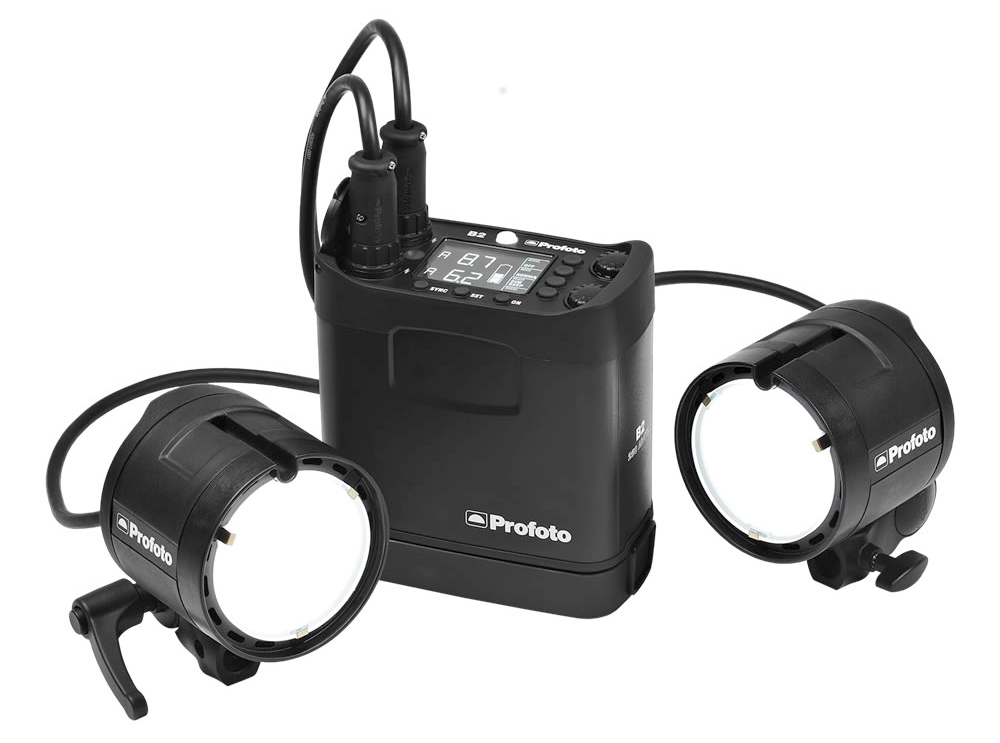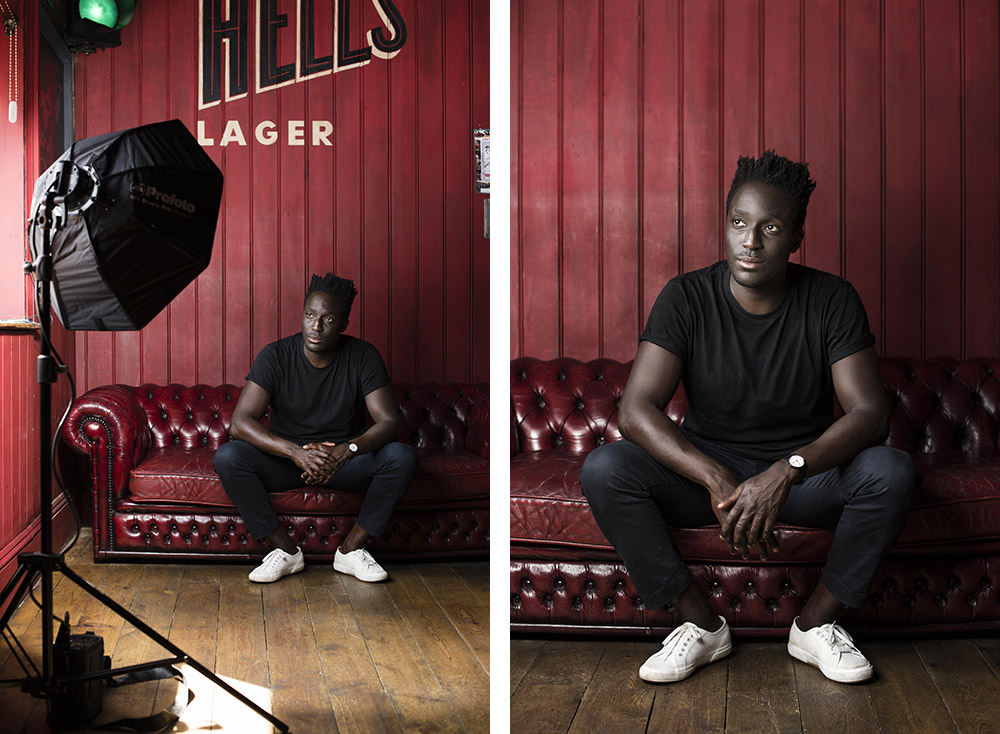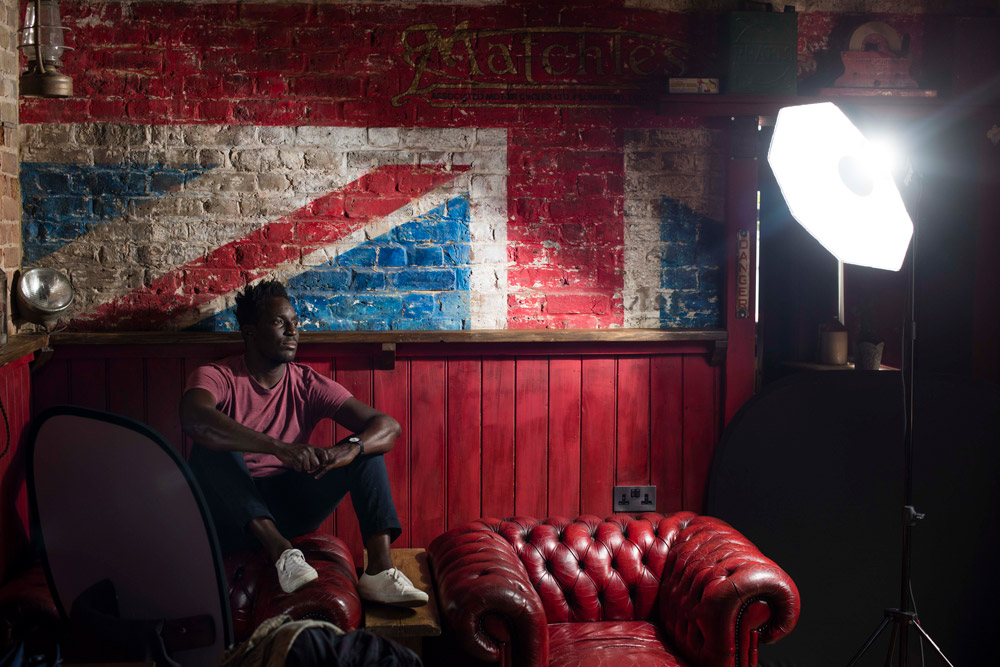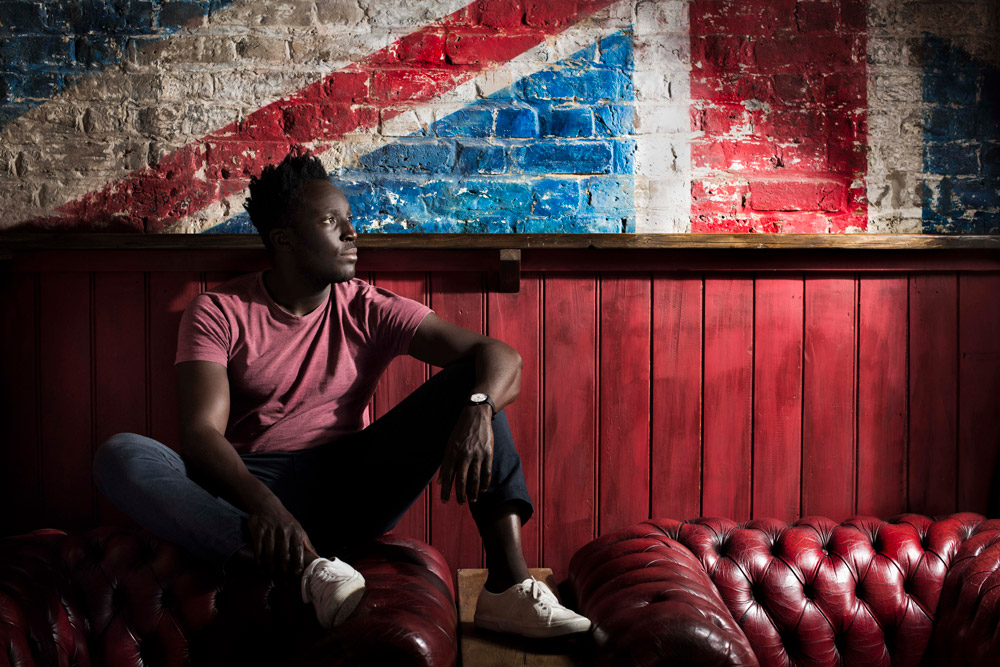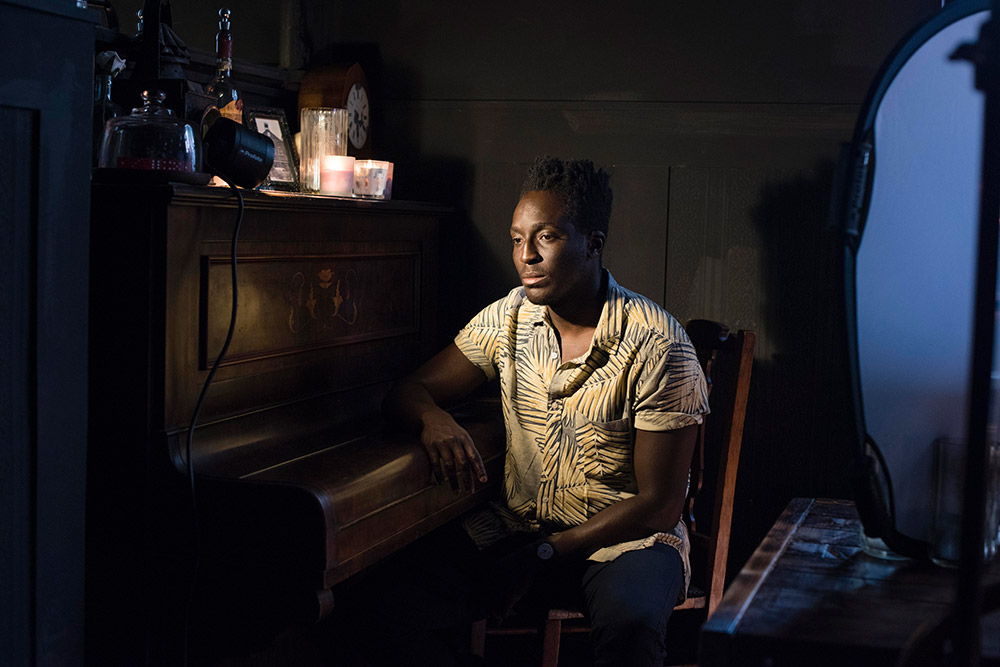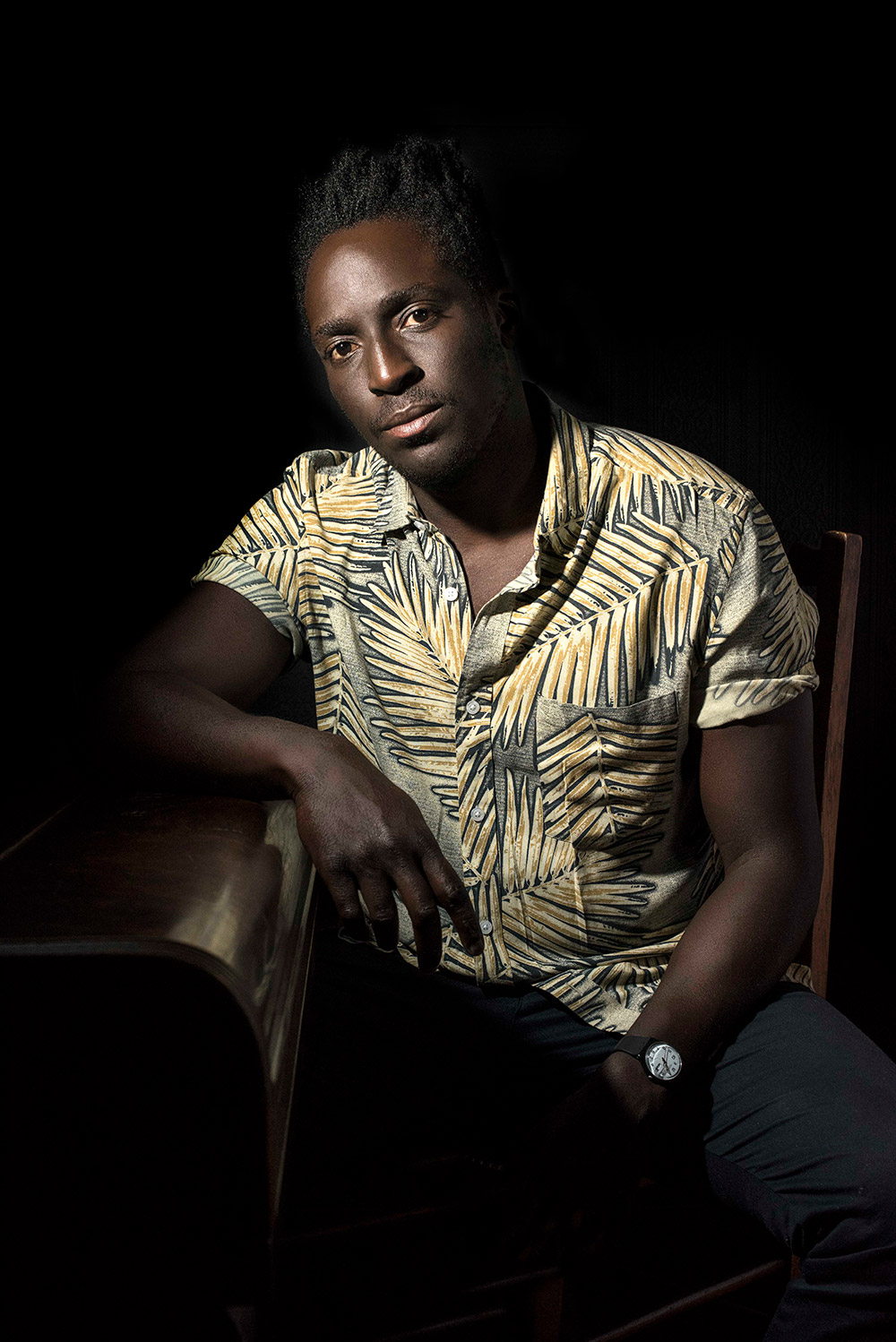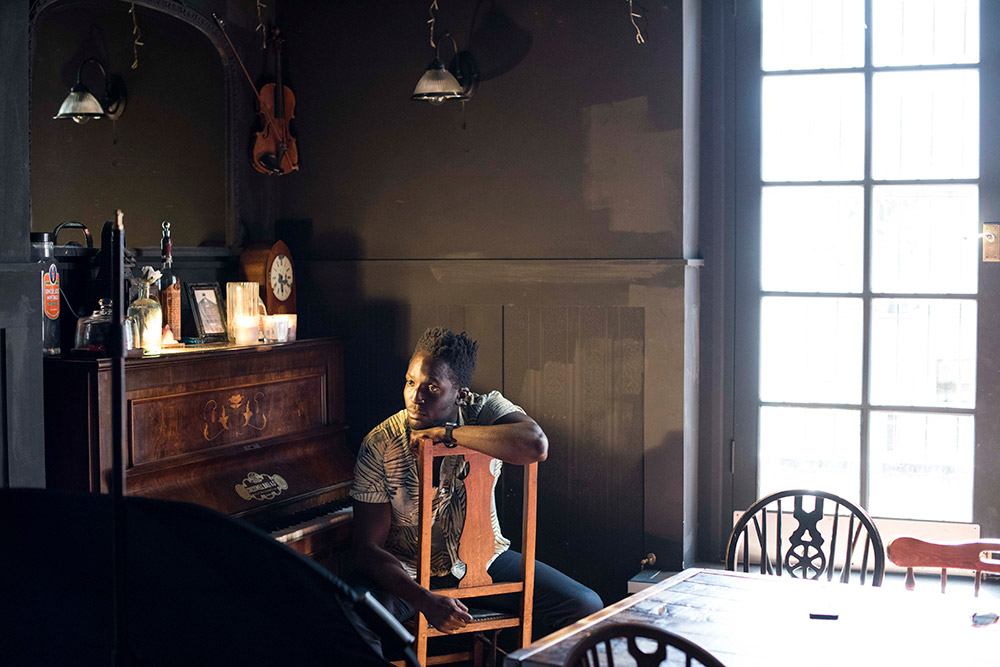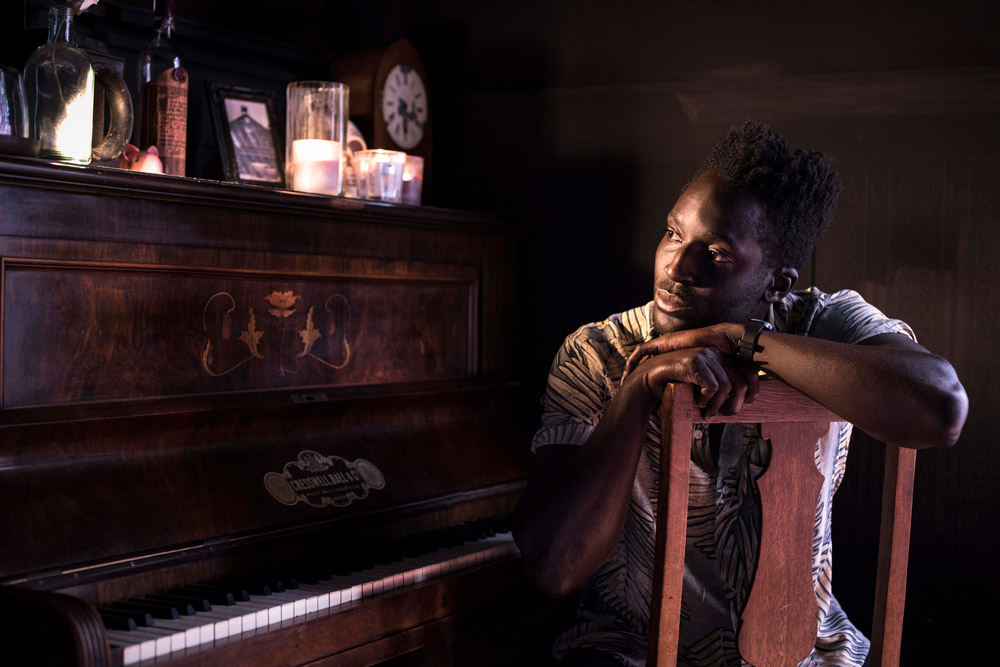Holly Wren is a successful commercial photographer, specialising in portraiture, lifestyle and corporate commissions. We chewed the fat with Holly over a coffee in our showroom and talked about her work and why she loves photographing people so much…
Thanks for taking a break from your busy schedule Holly, I know you’ve got a lot on at the moment. Can you tell us when and how you first got interested in photography?
I remember as a child my grandad used to like to take photographs, he showed them to my sisters and me using a projector on a white wall in their spare bedroom, talking us through how and why he took them. Something my dad then became interested in. At the age of 10 my dad bought me an Olympus OM10, of course shooting film then was just standard practice, I remember picking it up from a shop in Chester, I was so excited. I fell in and out of love with taking images from then until after university when I got my first digital SLR, I’d take pictures of flowers to put on my wall, friends thought they were bought postcards, they didn’t believe I’d taken them, which I guess was a compliment in disguise! But it wasn’t until 6 years later at 28 that I decided to take the plunge and went professional. I don’t remember why I loved it, perhaps because it was and is my way of connecting with people, firstly with my grandfather and my dad, and now everyone.
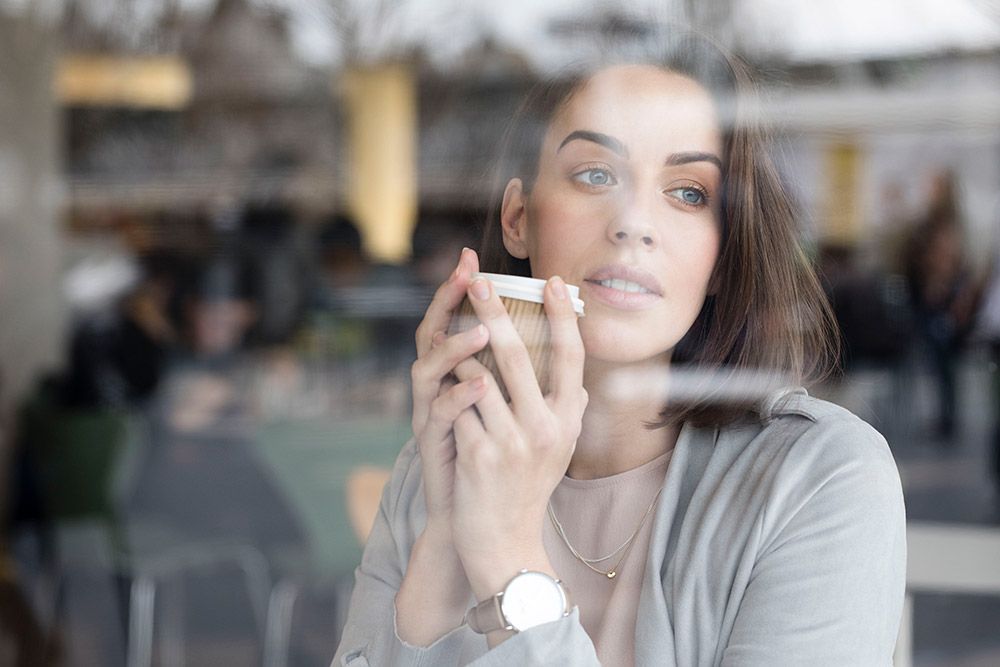 © Holly Wren
© Holly Wren
I believe you worked in property development before taking up photography professionally. How did that transition come about?
Sometimes, the best things come out of what can seem like terrible circumstances. I was incredibly unhappy in the job I was doing, I didn’t enjoy my work and consequently my life so I decided to re invent myself – let’s say it was a late twenties crisis! When I assessed what I liked doing, photography came out top of the list, so I decided, in a some what rash move, to quit my safe well paid job to work in a shop and set up freelance as a photographer. Until that point, I’d never taken a portrait. Looking back it seems quite insane, but I guess at rock bottom you don’t feel like there’s much to loose. I joined The Prince’s Trust and worked everyday for a year between the shop and setting up my business to catapult myself into a completely unknown industry.
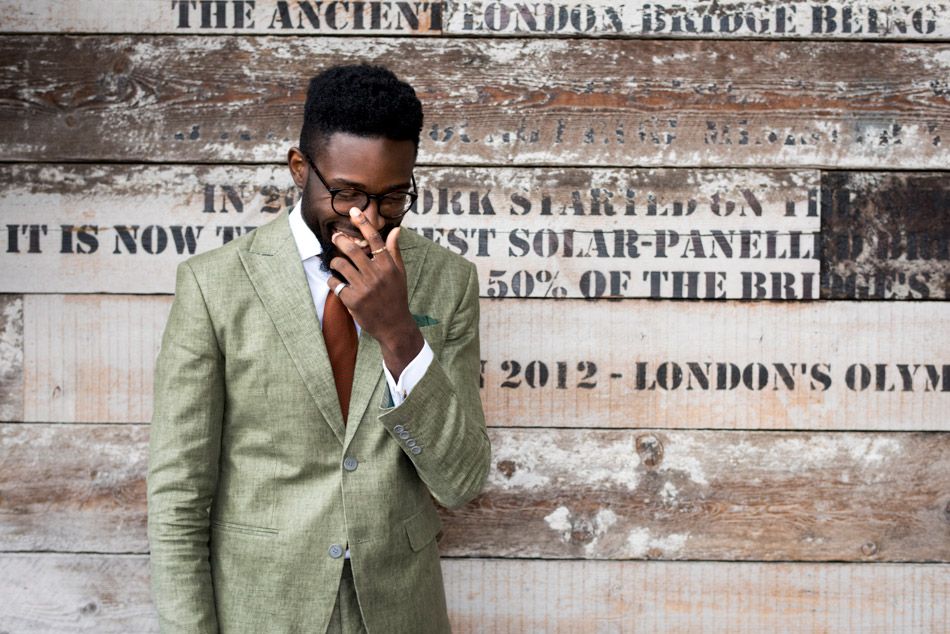 © Holly Wren
© Holly Wren
And why portraits? Coming out of a property background wouldn’t architectural photography have been a more obvious choice?
Yes! It would have! However, when I finished working in property I think I’d had my fill of buildings for a while! Portraits or people, were the obvious choice for me, I come alive in company, I feel comfortable meeting strangers and connecting with them. I love people, meeting new people, I’m eternally fascinated by them. Everyone, without exception, has a story, and that’s what keeps me hooked. I really love to get to know my subjects and when you get something out of them, that perhaps they didn’t expect or that they haven’t given before, it’s amazing. Perhaps I’m just have an extreme case of people watching, the camera gives me that bridge to people and cultures that I would otherwise never have the opportunity to meet and learn from.
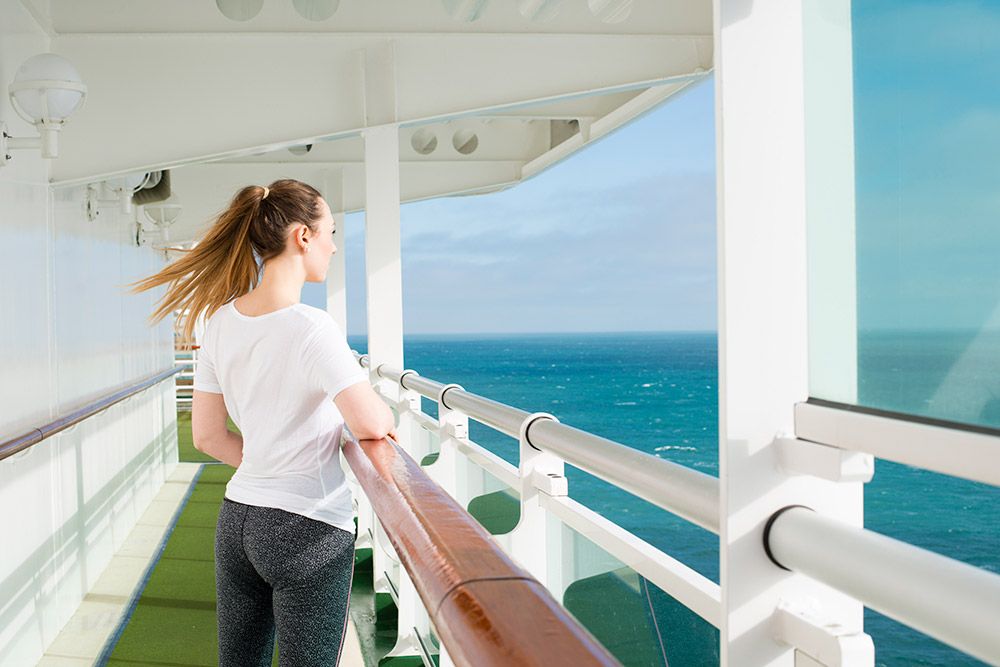 © Holly Wren
© Holly Wren
You shoot a lot of personal projects when you’re not shooting for clients. Do you think this helps your commercial work fresh by allowing you to try new techniques ?
Absolutely. Half my work is either project based or test shooting, any down time I have I use to plan and execute personal projects. Commercial work is great, and it pays the rent, but it doesn’t always allow you to express yourself or develop skills and ideas, after all, you’re being paid to produce, not experiment. I find my commercial clients and art buyers are equally, if not more, interested in the projects I’ve shot self funded. It shows initiative, motivation, commitment and enthusiasm for what you do. It keeps my work and ideas moving forward, and although it costs me money, it definitely helps my commercial commissions. I love photography, pretty much every part of my life involves it. I can’t remember the last trip I took that didn’t involve some sort of photographic element!
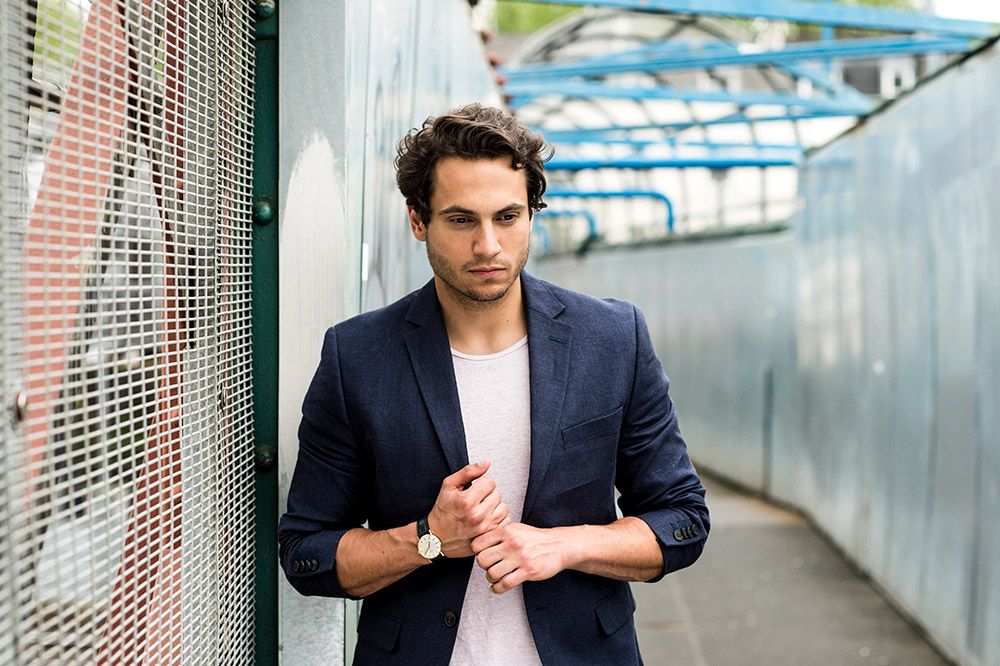 © Holly Wren
© Holly Wren
Any interesting projects that you’re working on at the moment?
Always! I’m busy curating a series I photographed last October during Dia De Los Muertos in Oaxaca, Mexico. It’s being exhibited in a Oaxacan restaurant in Los Angeles. I’ve had to wait a year to release the images to time it with the festival, which is frustrating but necessary to ensure maximum press coverage. I’m also in the process of planning and shooting a few mini portrait series, one with The Red Arrows, The Fire Brigade and a swim school. Then there’s that top secret Profoto product launch that we’ve been planning for the last few months…
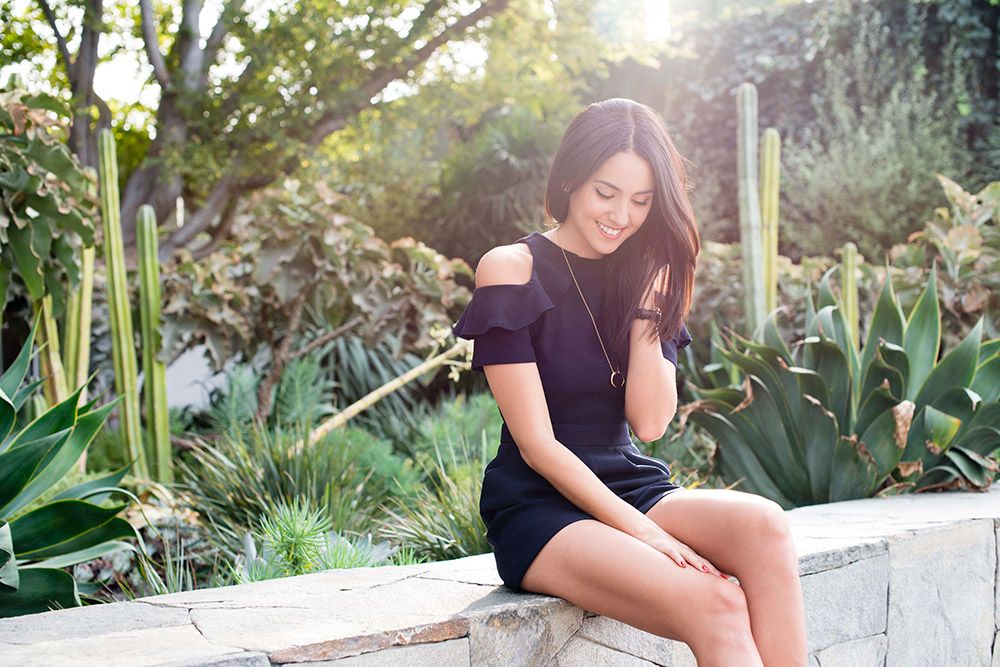 © Holly Wren
© Holly Wren
Talking of Profoto, I understand you’re a big fan of the location flash systems – B1X and B2’s, yet a lot of your work looks naturally lit. Is this important to you – to keep the lighting uncontrived?
I think all photographers have a style, and so yes, I guess mine is, on the whole, images that look like they’ve been lit with natural light. Unfortunately, in the UK the weather isn’t always so kind, and working environmentally nothing is guaranteed so I like to use the Profoto flash systems to help achieve that. I like flat light, high key shots with a shallow depth of field, but my approach is to light on a ‘need to’ basis – I start with natural light and layer reflectors and flash as needed to achieve my “look”. So you’ll more often than not see me with a large octabox, I’m a soft light enthusiast!
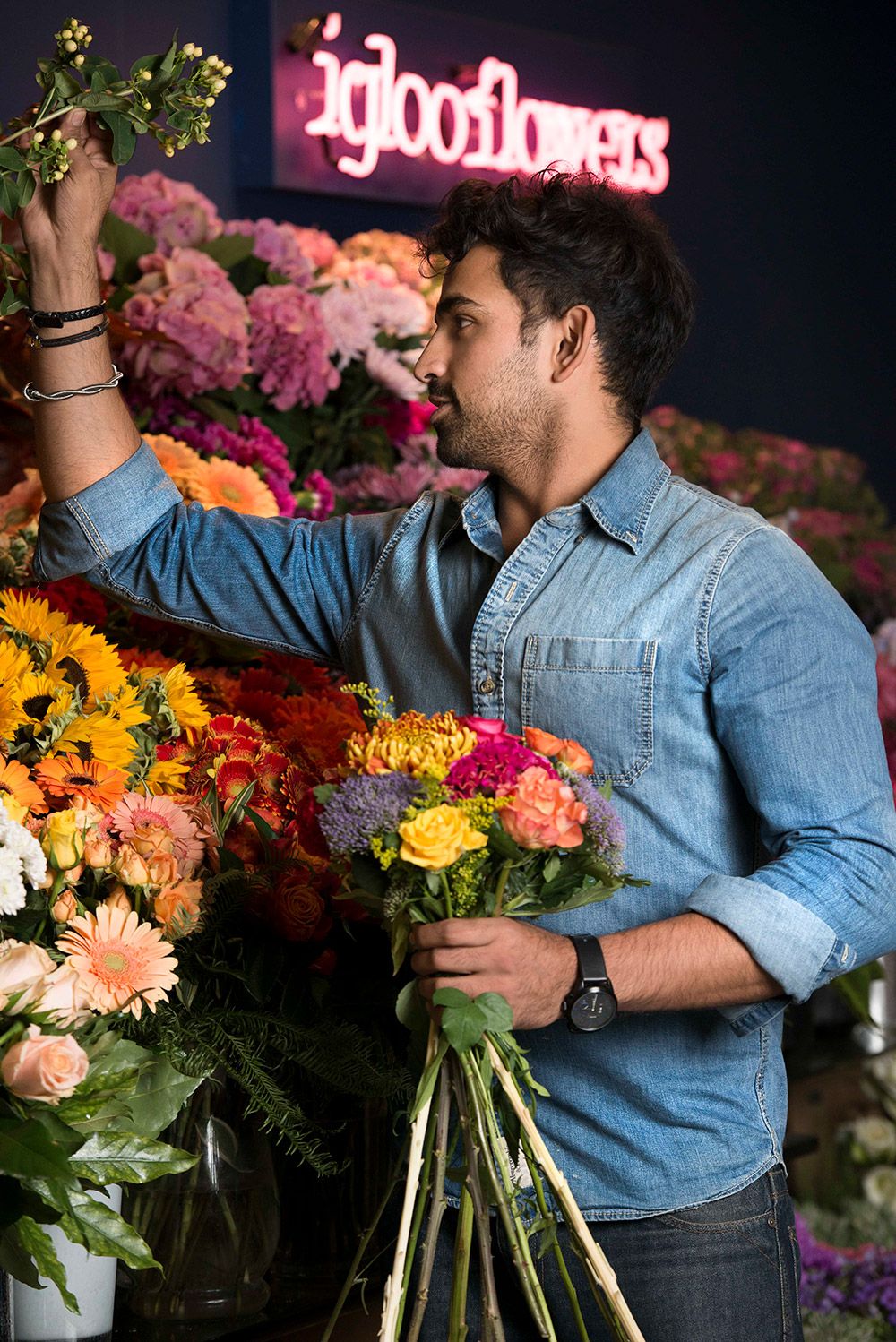 © Holly Wren
© Holly Wren
Are you a big fan of retouching or do you prefer to try and get it right in camera?
Retouching has it’s place, and the way it’s used is dependent on your style, I love photography that uses composite and heavy retouches, but for my work, that doesn’t fit with my style. I want to make a great image in camera, that becomes an amazing image once finished in edit. For me, that’s more important than an average image in camera that’s transformed in post into something unrecognisable. I like to create images that are natural and seem effortless. Of course, I use retouching to clean up backgrounds, alter levels and saturation, and do some light skin retouching but it’s subtle. I often post my before and after edit images on my blog, to show how little I do – but how effective a small tweak here and there can be. I’ve lost count of the amount of times I’ve heard a derivative of “but you can change/ add/ edit/ remove that in photoshop afterwards right?” And my answer tends to be “Maybe, but why would we if we can get it right now?” I guess that summarises my attitude. Do everything you can in camera to get as close to the finished vision as you can, then rely on some sneaky photoshopping to achieve the rest!
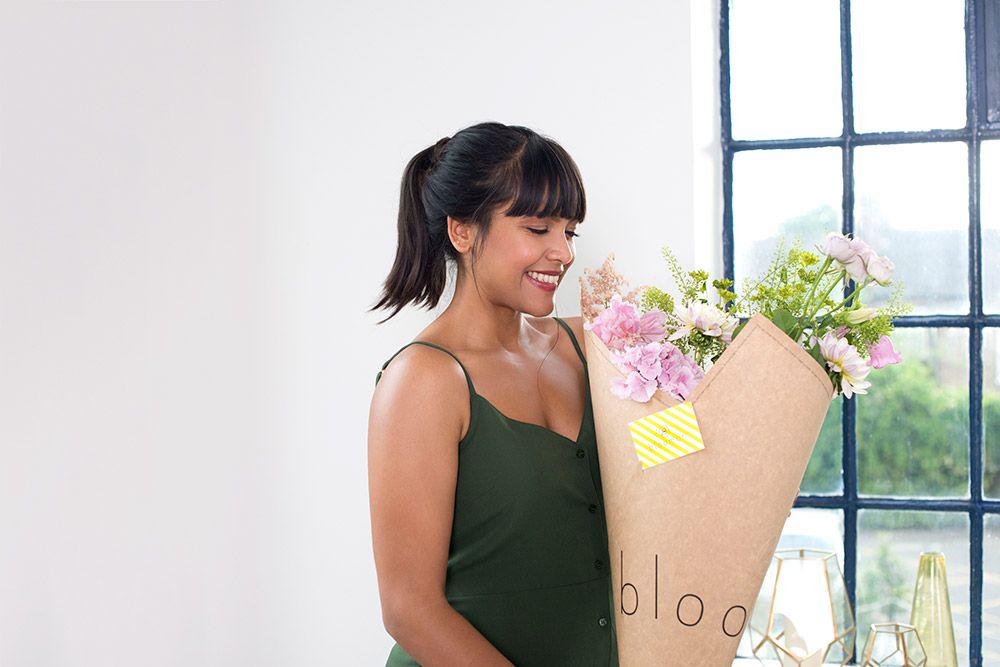 © Holly Wren
© Holly Wren
Do you have a wish-list of people to photograph?
Oh yes, of course. I have a real passion for stories and interesting faces, so my wish list would more include indigenous people and tribes rather than western celebrities . Although I’d be lying if I said I wouldn’t like to photograph certain celebrities, although they tend to be more stars from childhood or people who have done incredible things – those who are top of their industry, the type of people you could talk to for hours.
What’s in your kit bag?
Nikon! And Profoto. Lucky for me, a new Nikon D850. Then a D810. My favourite lenses are primes, specifically the Nikkor 85mm ƒ/1.4 and 50mm ƒ/1.4, followed closely by the new 70-200mm ƒ/2.8 (it shoots like a prime). I also have the Sigma 105mm ƒ/2.8 and of course the Nikkor 24-70mm ƒ/2.8. I own a set of Profoto B2’s and various soft boxes! My new fave gadget is the Cam Ranger which I use to shoot to my iPad Pro so clients can see the shots as they’re taken.
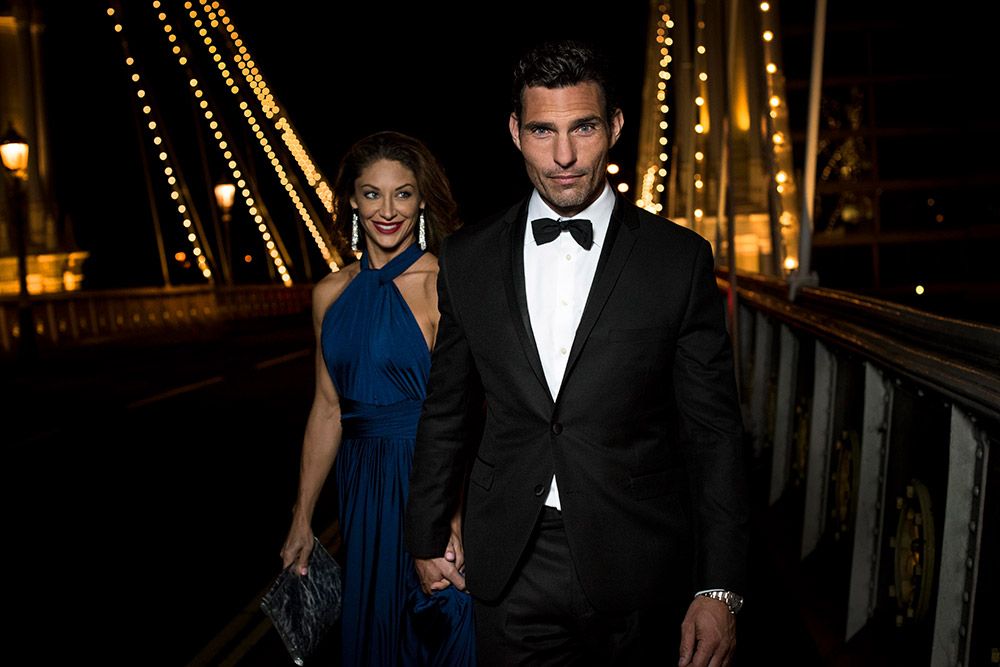 © Holly Wren
© Holly Wren
How much do you rely on Fixation for your work?
I imagine the answer to this is a lot on the basis that you know who I am from my voice when I call! I have a basic kit bag, but I often need to rent other lenses for specific briefs or more powerful lights or particular modifiers. I also need various repairs, sensor cleans and to buy new kit. Having a good relationship with a rental shop is vital, and I find that the staff in Fixation are super friendly and helpful. I’ve been coming to you since the beginning of my career, and you’ve always helped and advised me, and never felt like my often stupid or simplistic questions are a burden. I can name a few specific instances where you have gone above and beyond to help me solve problems and ensure I’ve never been left unprepared or without the kit I need.
Holly was talking to Tim Stavrinou
To see more of her work, visit her website www.hollywren.com and her Instagram feed here

